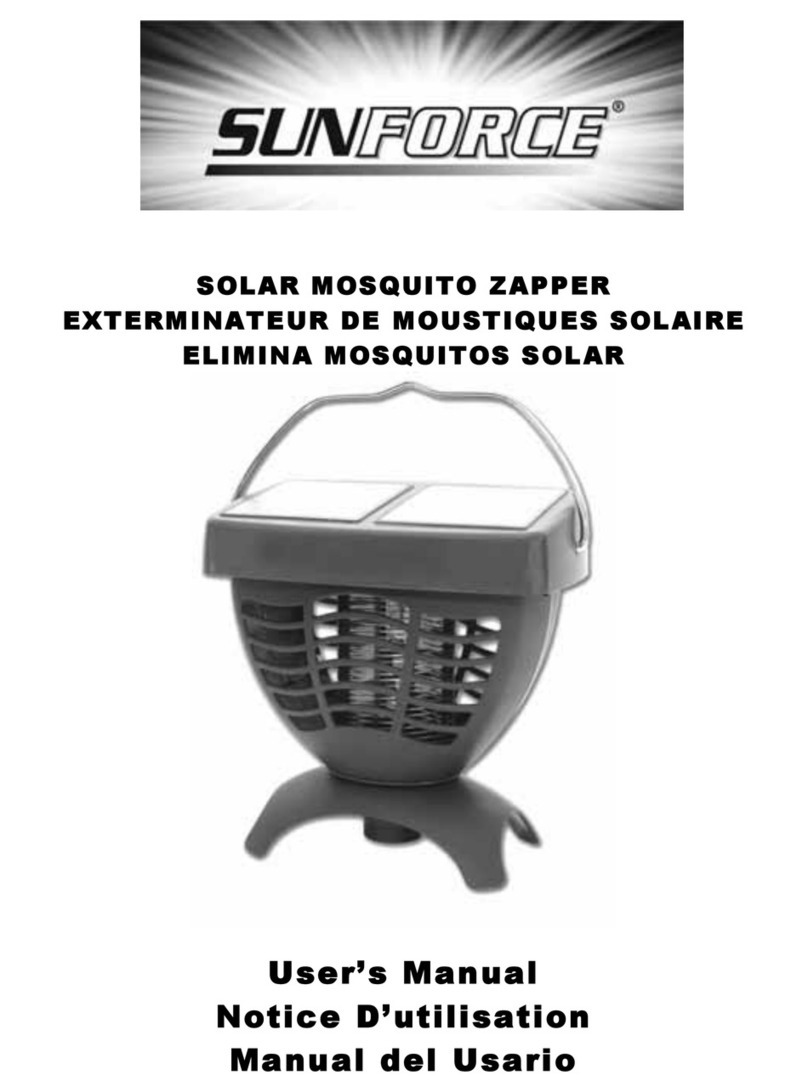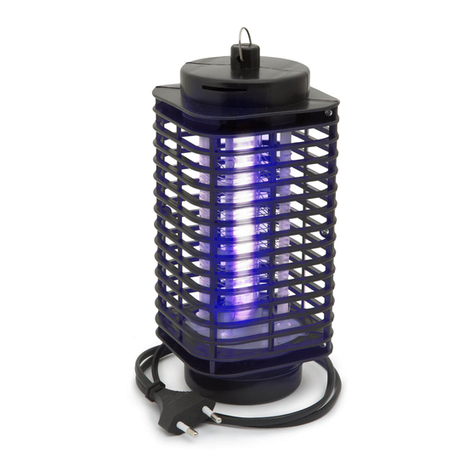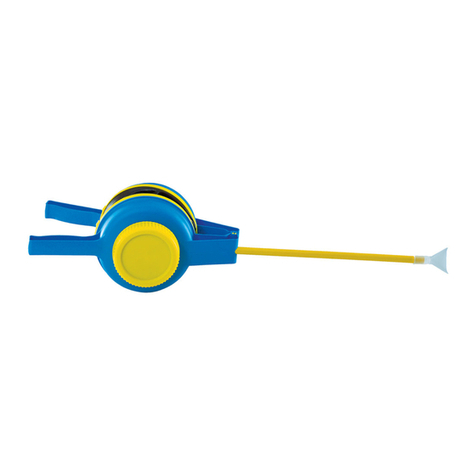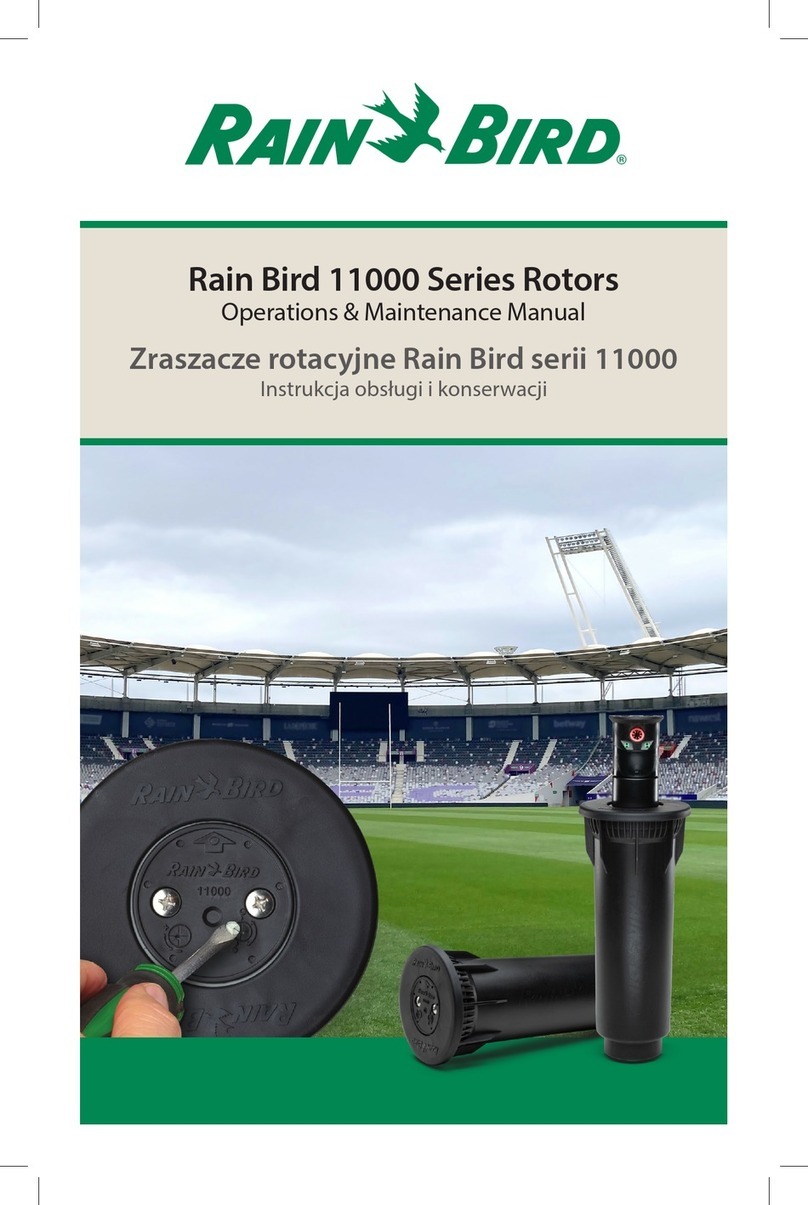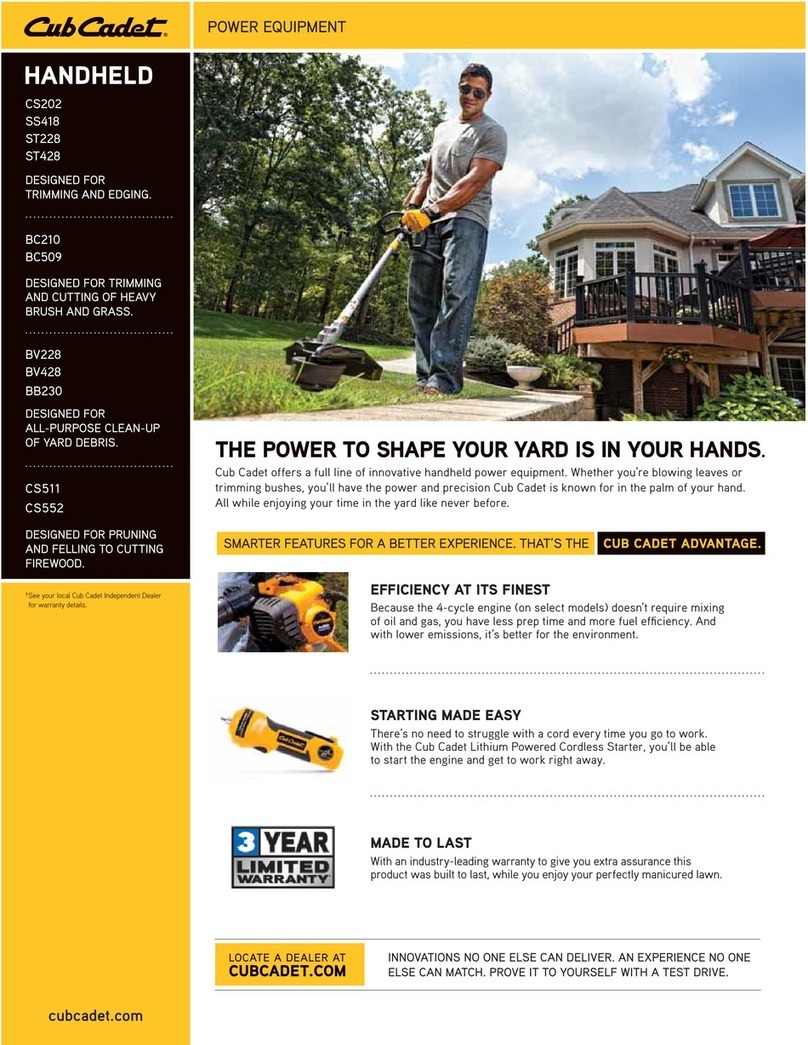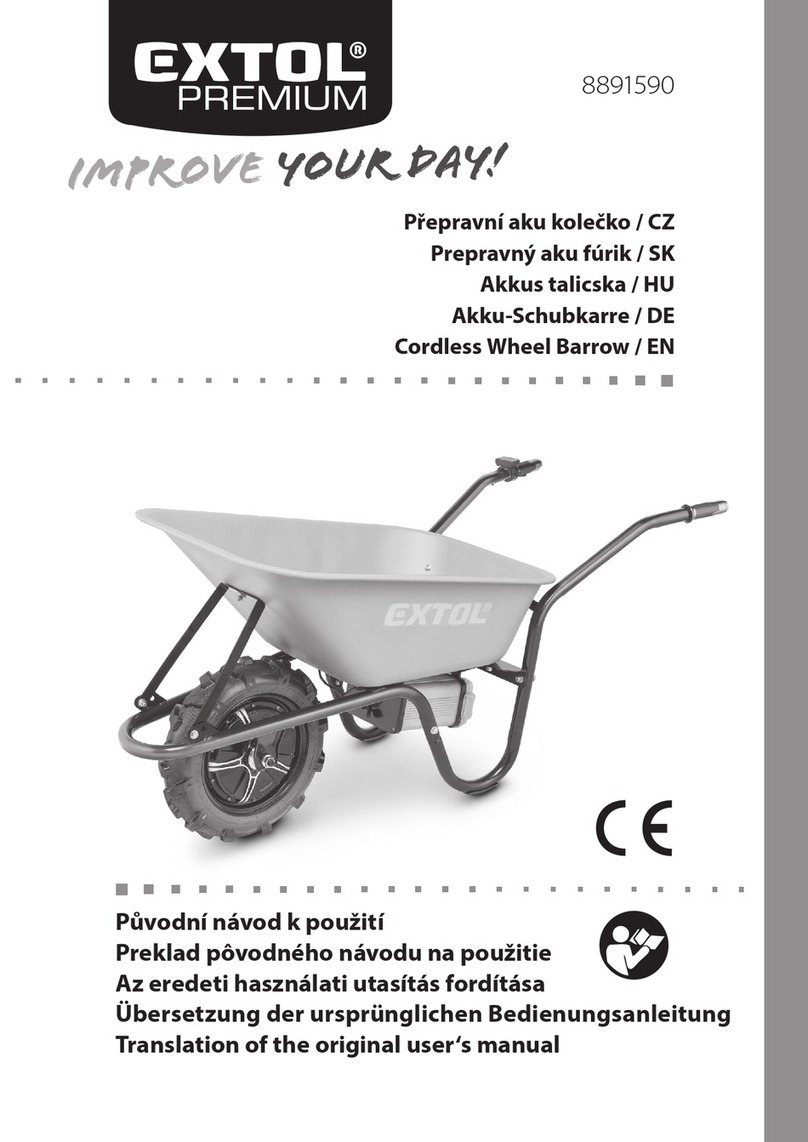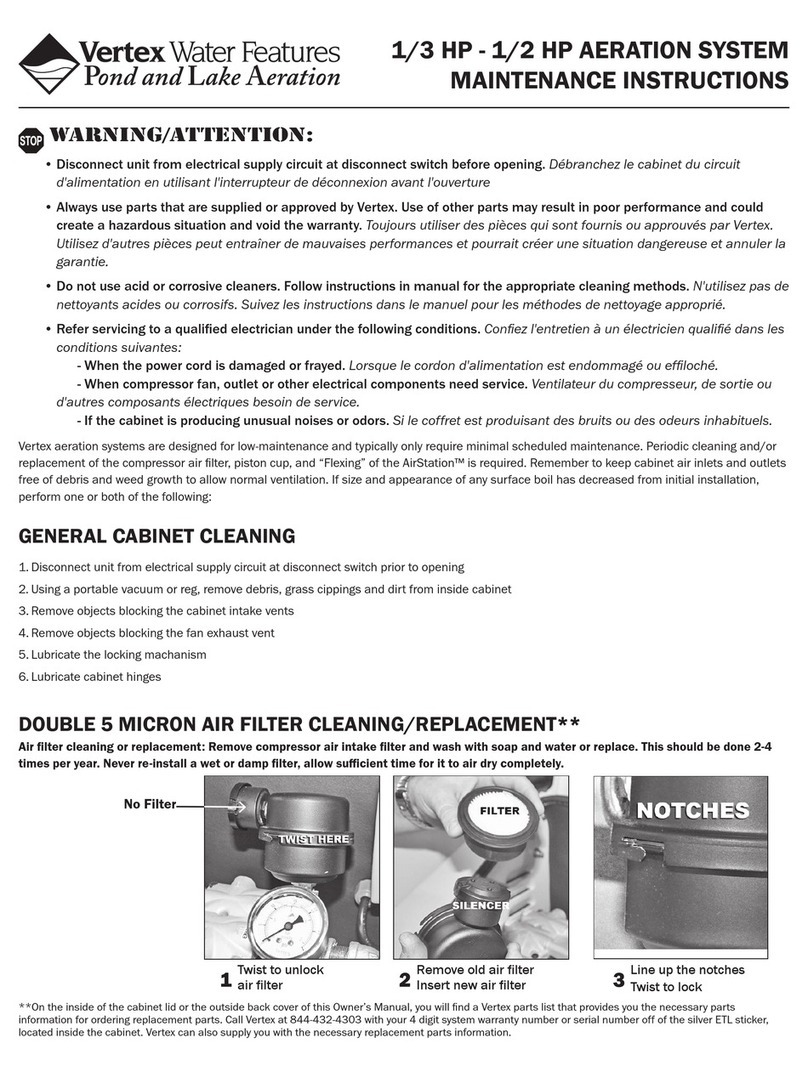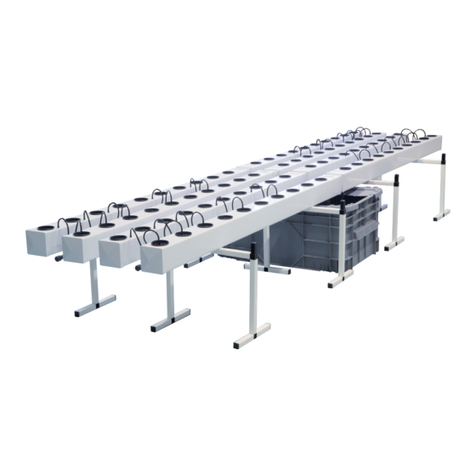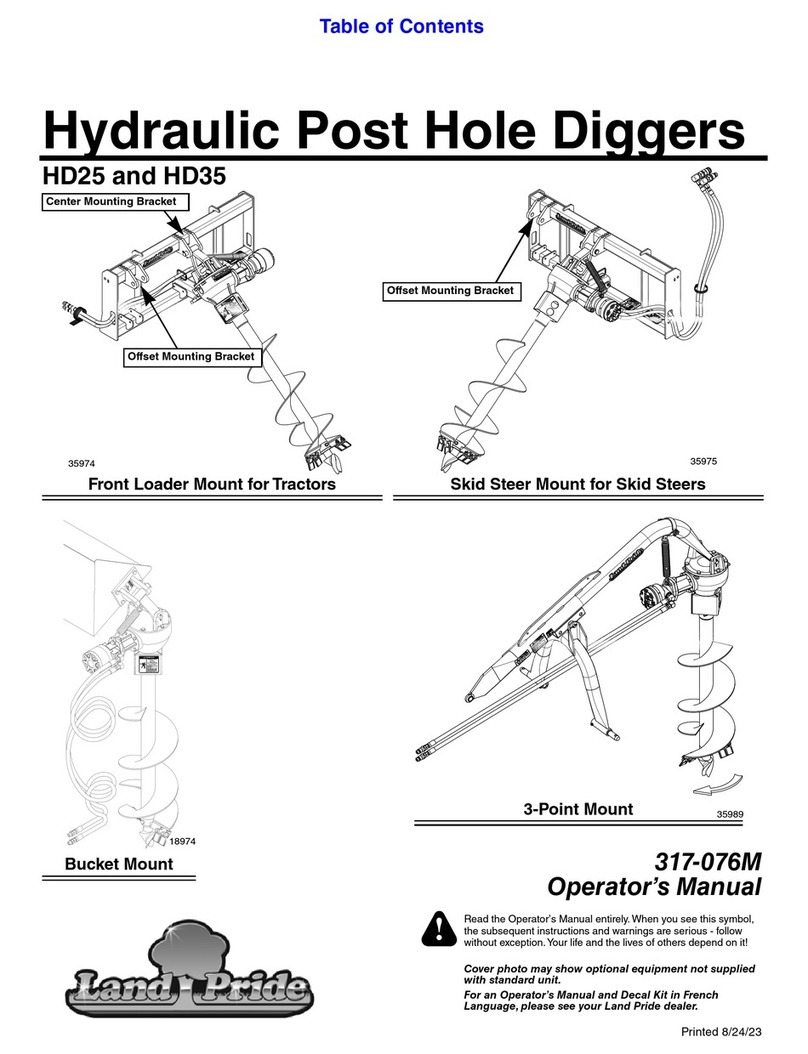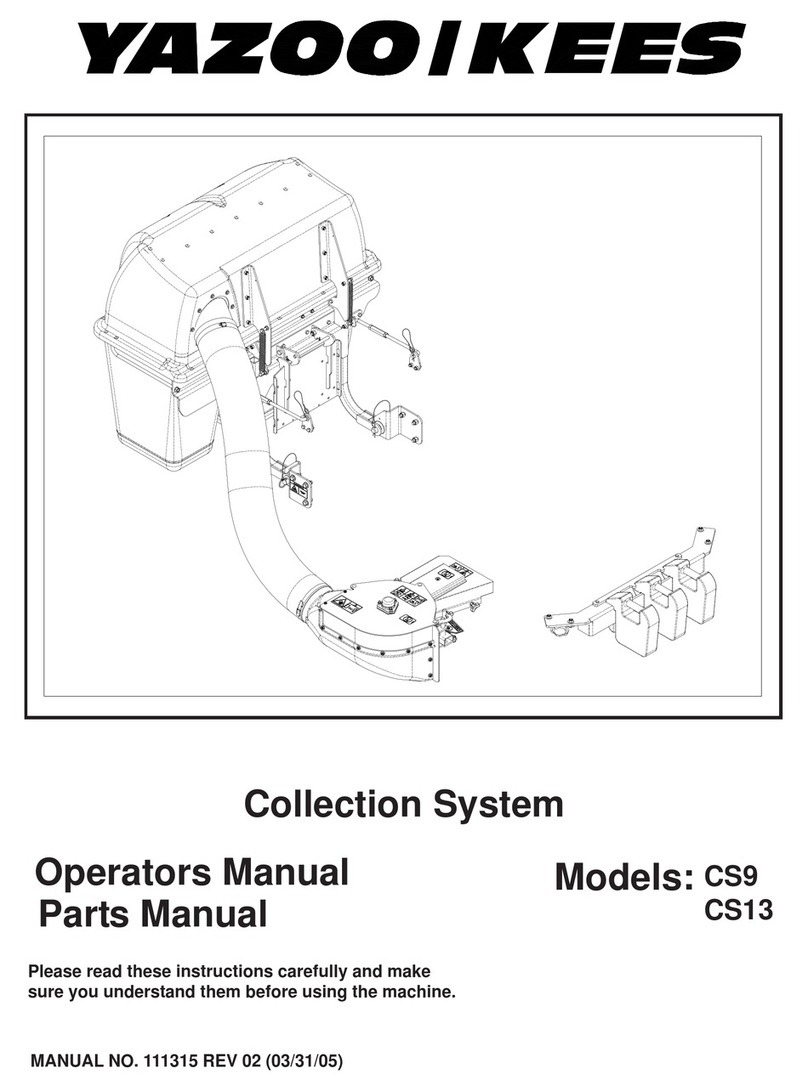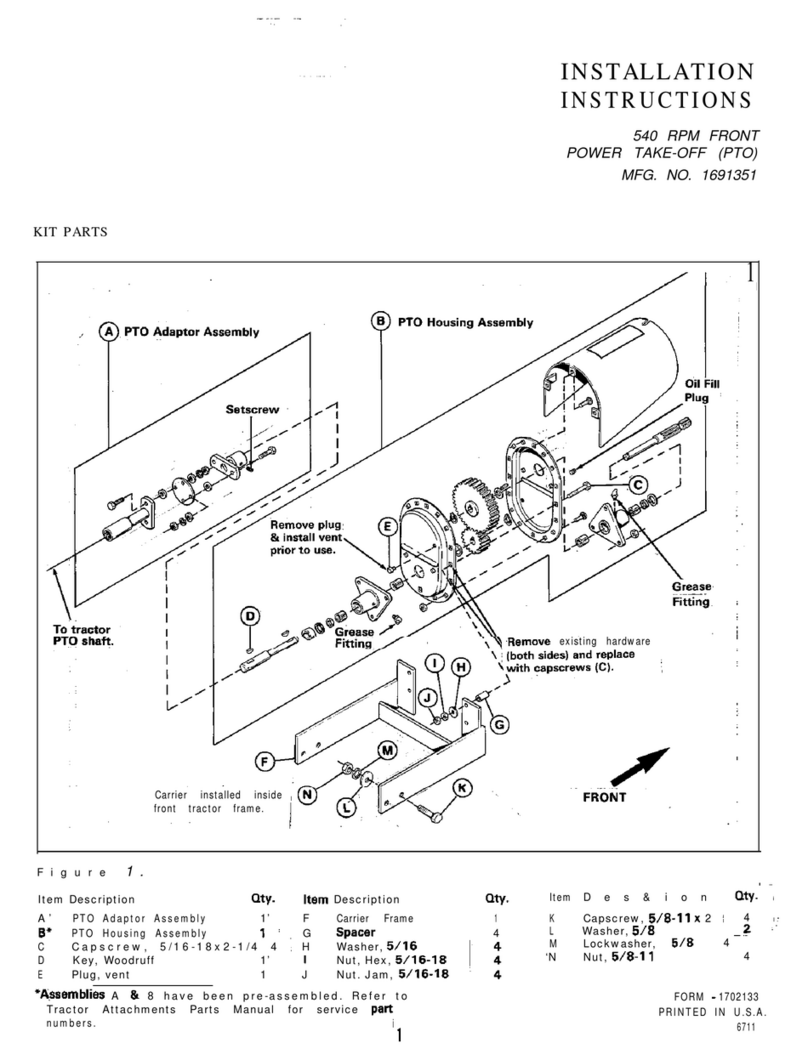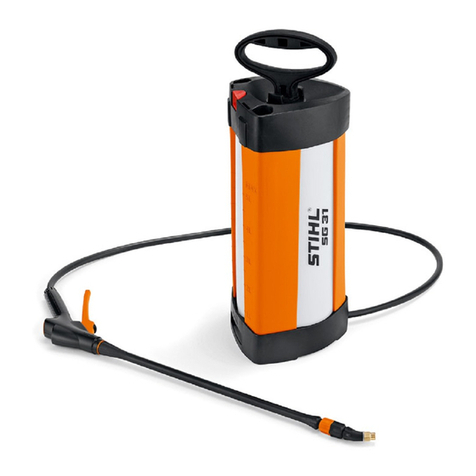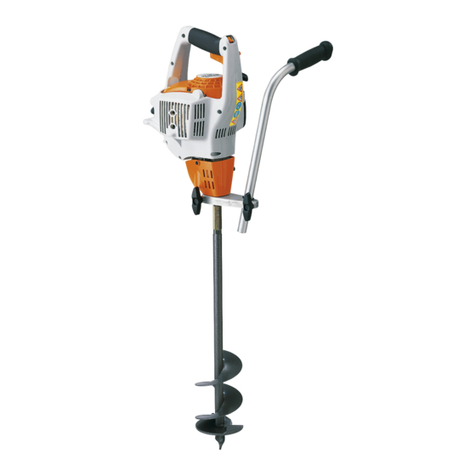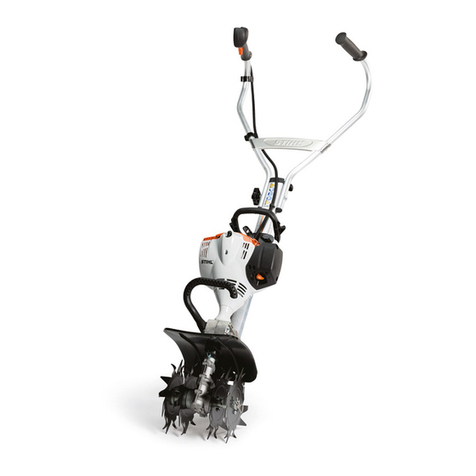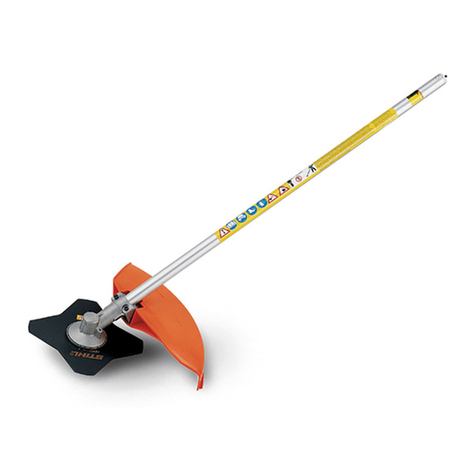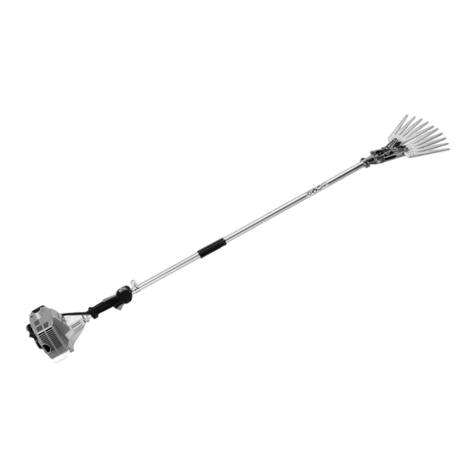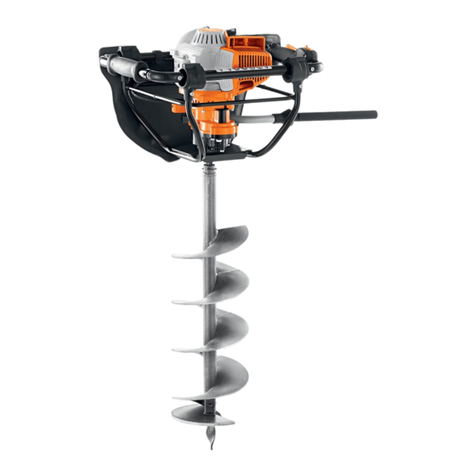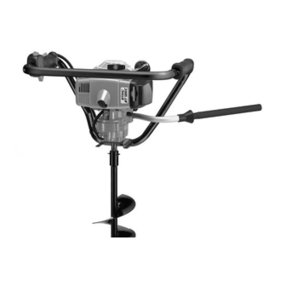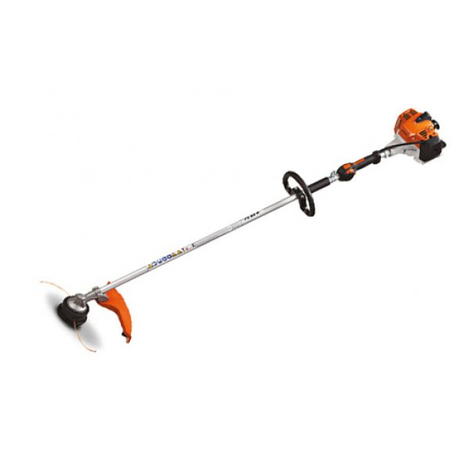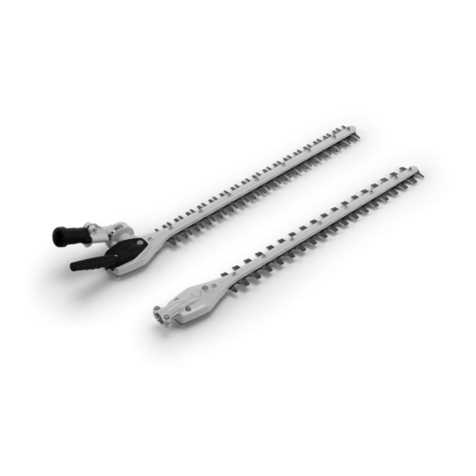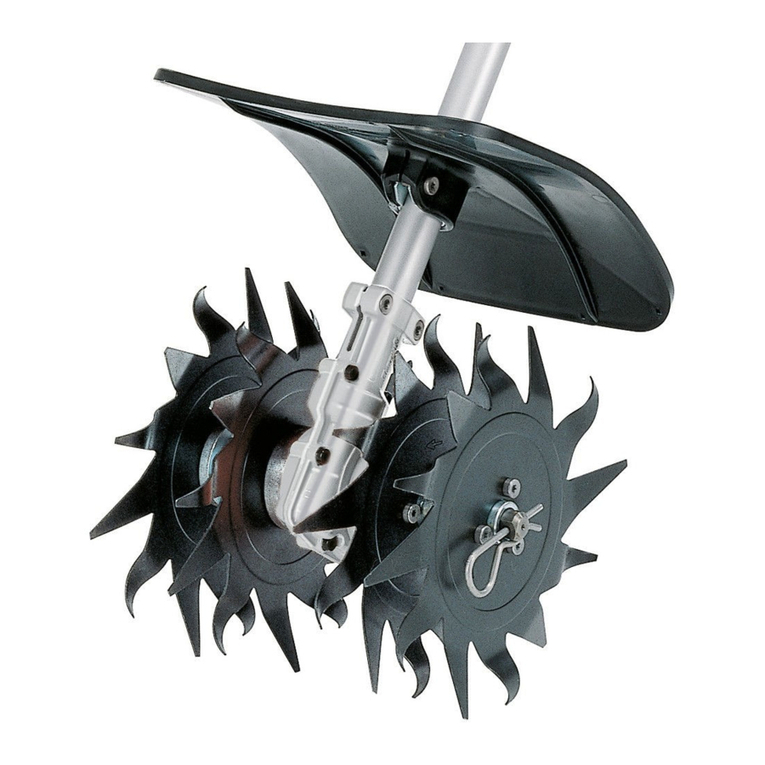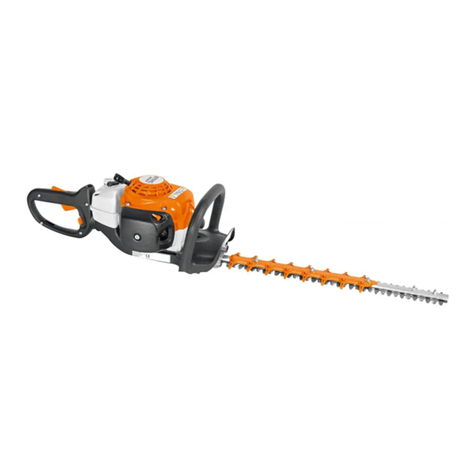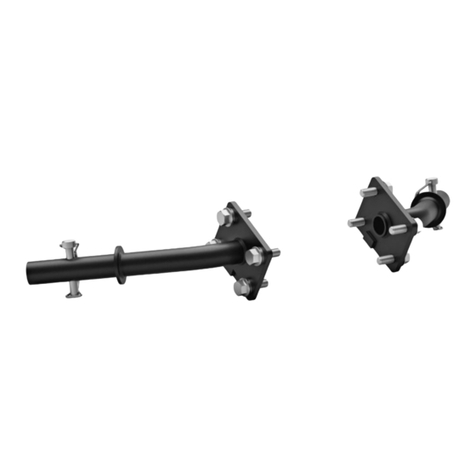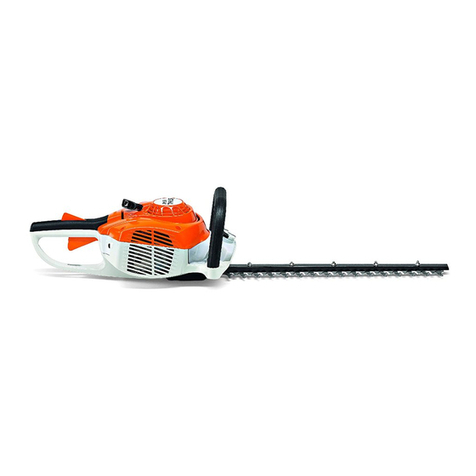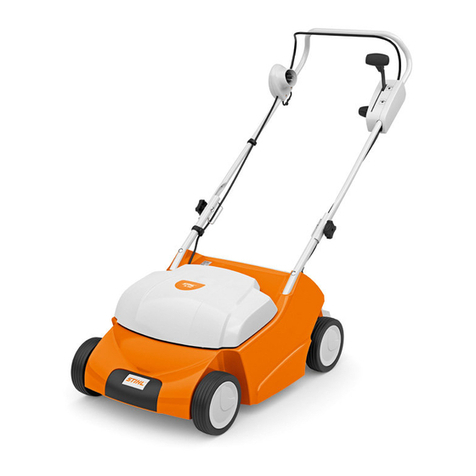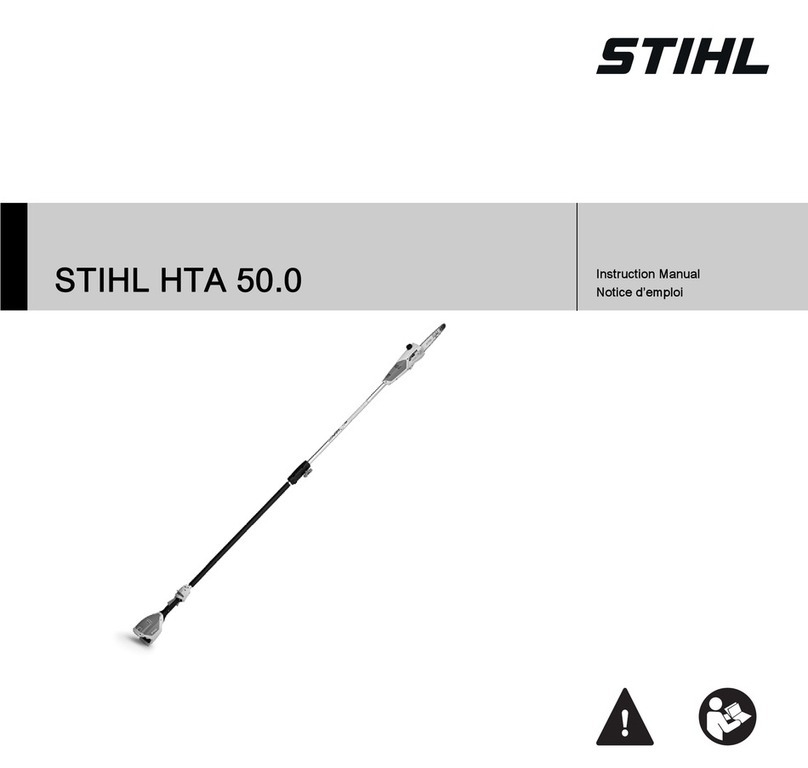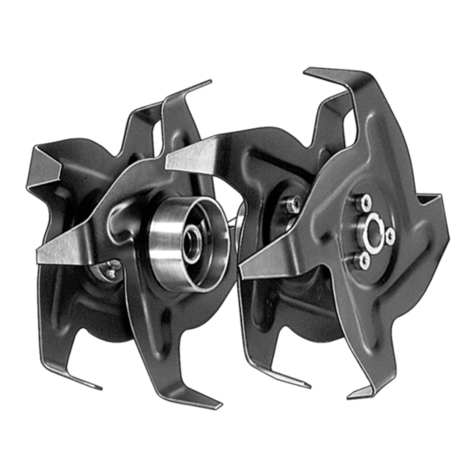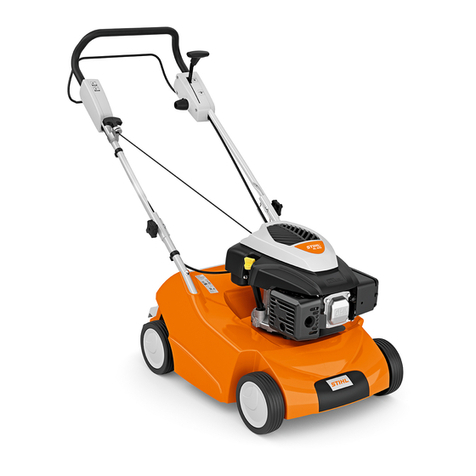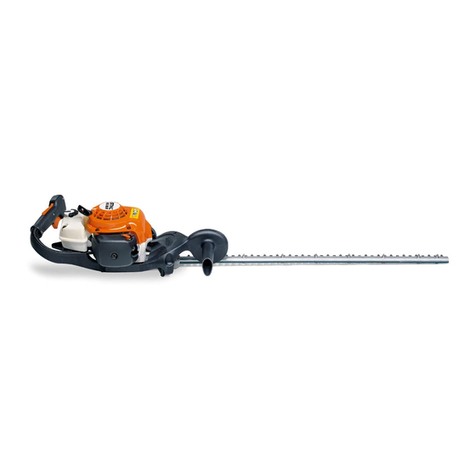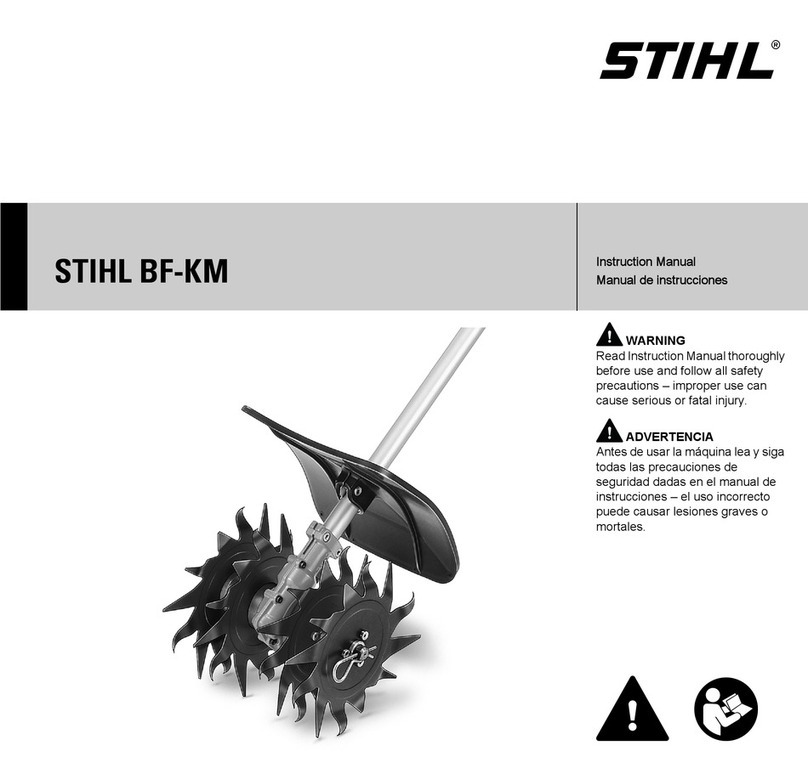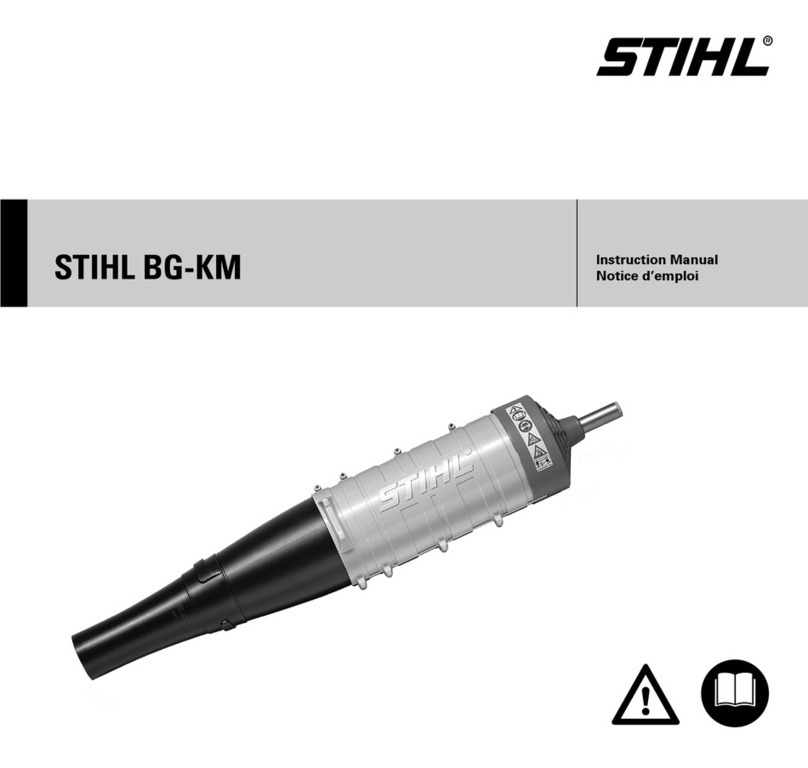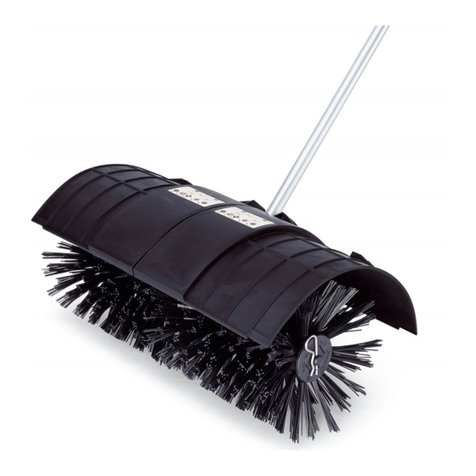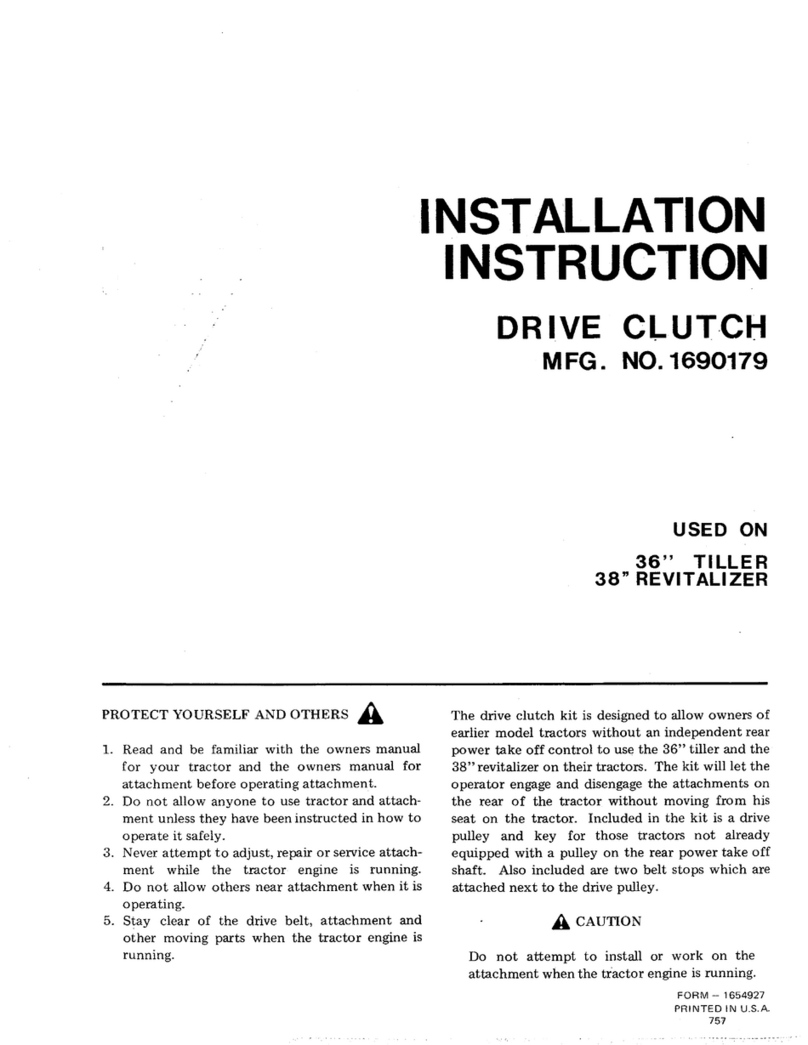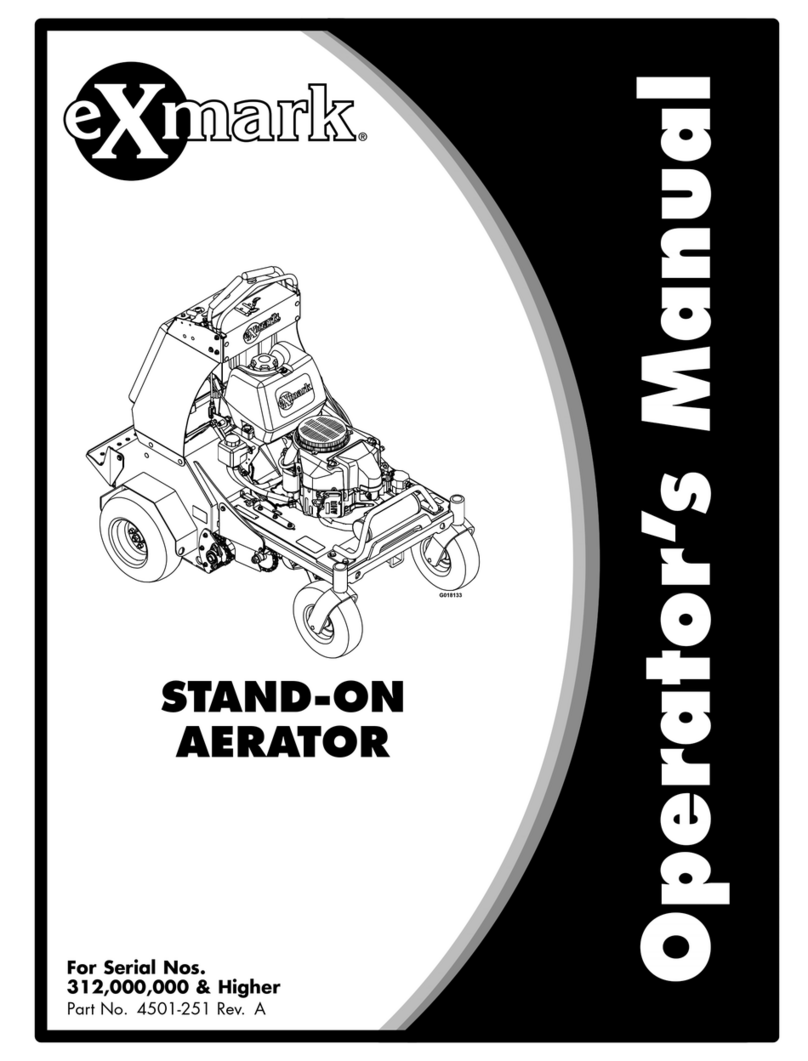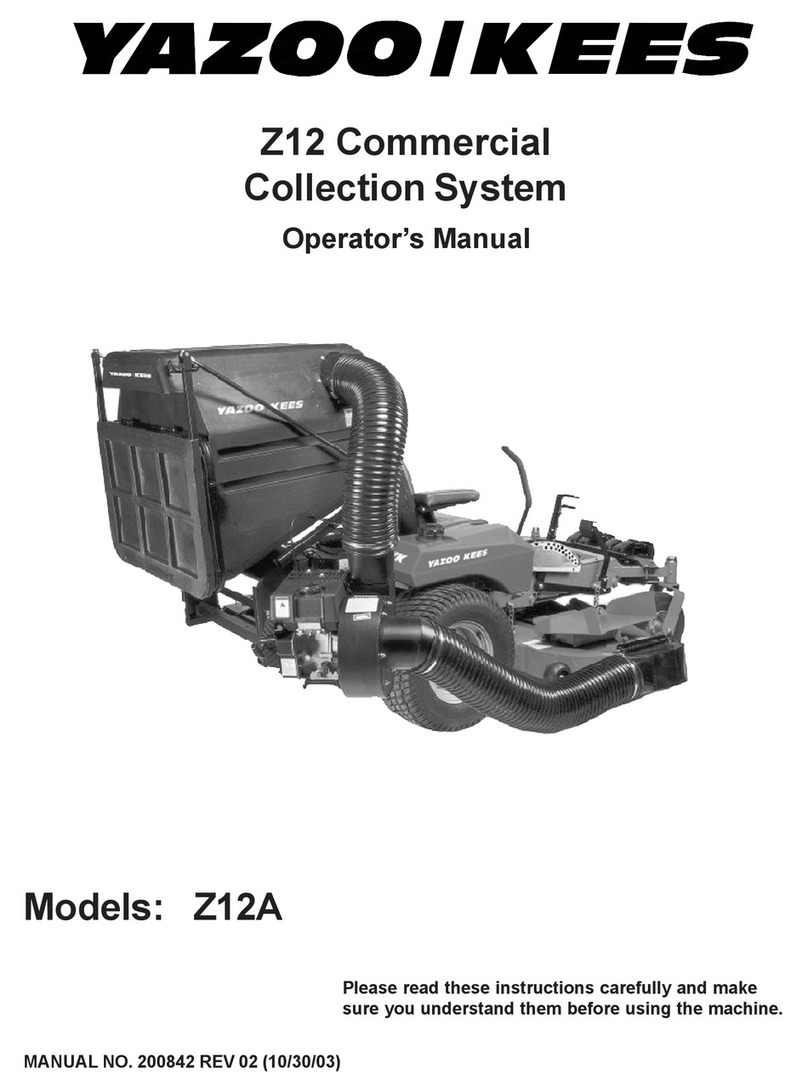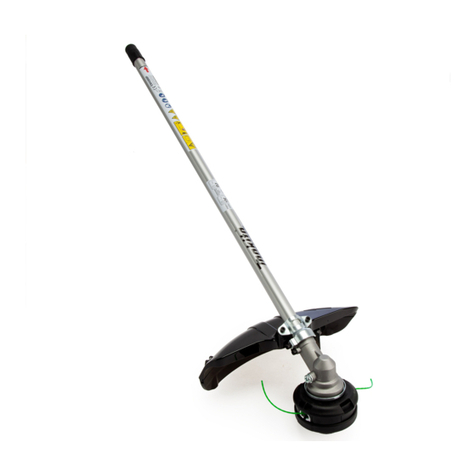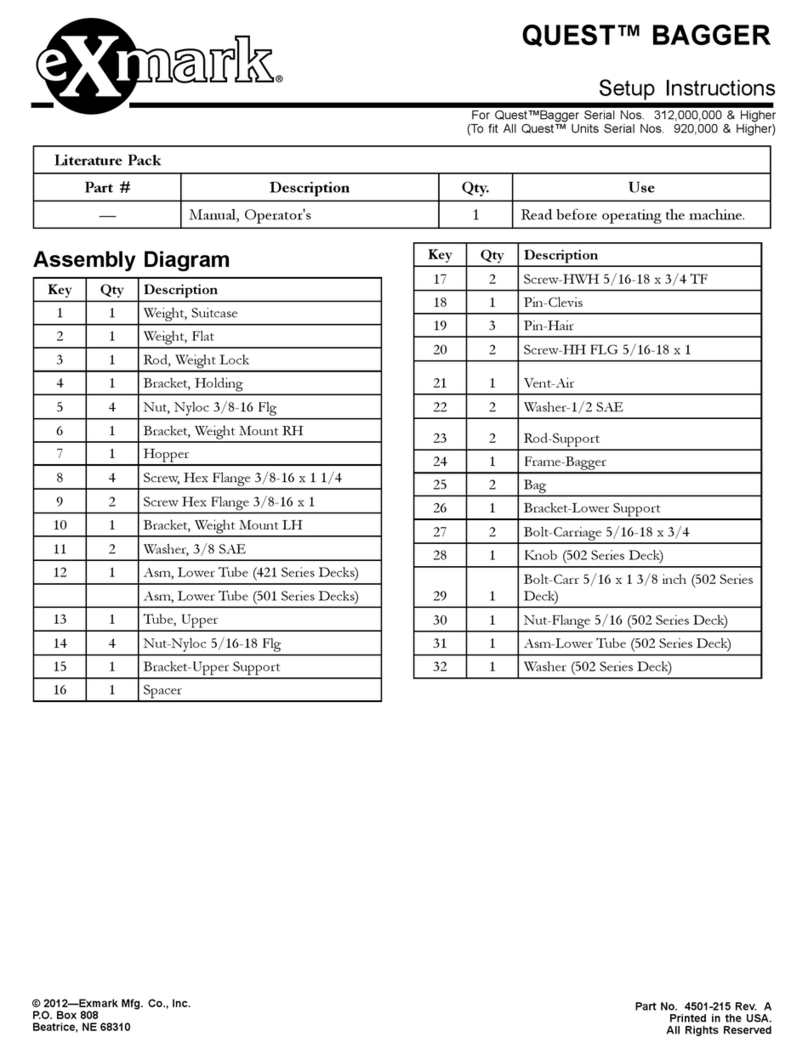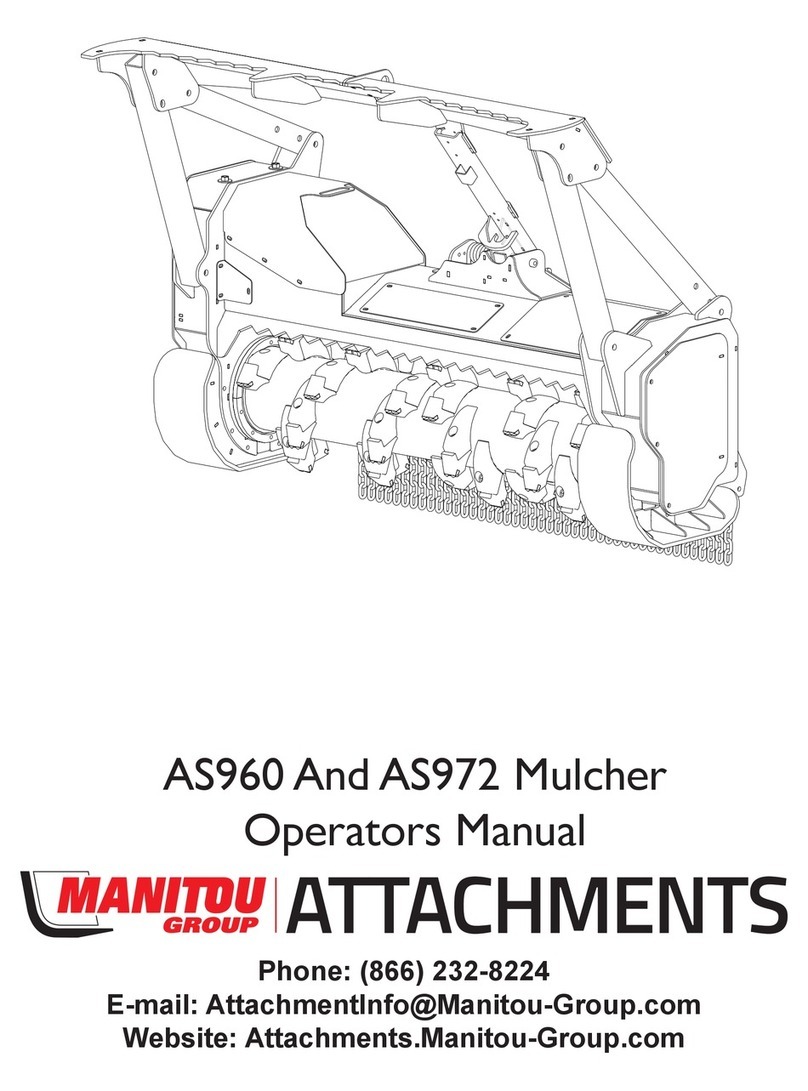
SP 92 TC
English
6
To reduce the risk of serious or fatal
injury from breathing toxic fumes,
ensure proper ventilation when working
in trenches, hollows or other confined
locations.
To reduce the risk of accidents, stop
work immediately in the event of
nausea, headache, visual disturbances
(e.g. reduced field of vision), problems
with hearing, dizziness, deterioration in
ability to concentrate. Apart from other
possibilities, these symptoms may be
caused by an excessively high
concentration of exhaust gases in the
work area.
Operate your power tool so that it
produces a minimum of noise and
emissions – do not run the engine
unnecessarily, accelerate the engine
only when working.
To reduce the risk of fire, do not smoke
while operating or standing near your
power tool. Note that combustible fuel
vapor may escape from the fuel system.
The dusts, vapor and smoke produced
during operation may be dangerous to
health. If the work area is very dusty or
smoky, wear a respirator.
If your power tool is subjected to
unusually high loads for which it was not
designed (e.g. heavy impact or a fall),
always check that it is in good condition
before continuing work – see also
"Before Starting". Check the fuel system
in particular for leaks and make sure the
safety devices are working properly. Do
not continue operating your power tool if
it is damaged. In case of doubt, consult
your servicing dealer.
Do not operate your power tool in the
starting throttle position – engine speed
cannot be controlled in this position.
Before leaving the power tool
unattended: Shut off the engine.
If the rakes and tines become blocked:
Let go of throttle trigger – shut off the
engine – clear the blockage.
Opening the throttle while the rakes and
tines are blocked increases the load and
reduces engine speed. The clutch then
slips continuously and this causes
overheating and damage to important
components (e.g. clutch, polymer
housing components) – and this can
increase the risk of injury from the rakes
and tines moving while the engine is
idling.
Keep the rakes and tines clear of foreign
objects – such objects may be caught
and thrown and damage the rakes and
tines.
Check the rakes and their tines at
regular short intervals or immediately if
there is a noticeable change in the tool's
behavior:
–Shut off the engine, hold the
machine securely.
–Check condition and tightness, look
for cracks.
–Replace damaged parts
immediately, even if they have only
superficial cracks.
–To reduce the risk of injury, always
shut off the engine and remove the
spark plug boot before replacing the
tines or rake with tines.
Never continue using or attempt to
repair damaged or cracked rakes or
tines.
Vibrations
Prolonged use of the power tool may
result in vibration-induced circulation
problems in the hands (whitefinger
disease).
No general recommendation can be
given for the length of usage because it
depends on several factors.
The period of usage is prolonged by:
–Hand protection (wearing warm
gloves)
–Work breaks
The period of usage is shortened by:
–Any personal tendency to suffer
from poor circulation (symptoms:
frequently cold fingers, tingling
sensations).
–Low outside temperatures.
–The force with which the handles
are held (a tight grip restricts
circulation).
Continual and regular users should
monitor closely the condition of their
hands and fingers. If any of the above
symptoms appear (e.g. tingling
sensation in fingers), seek medical
advice.
